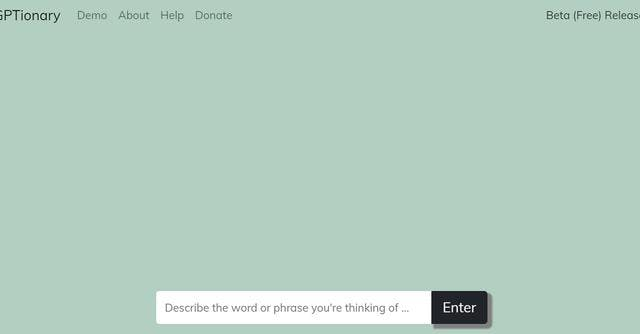
Machine Translation (MT) is the process of using artificial intelligence to automatically translate text from one language to another without human involvement. MT software converts text from a source language and produces an equivalent passage in the target language. The quality of machine translation varies, and the performance of a machine translator depends on several factors, including the machine translation engine.
There are several types of MT, including rule-based, statistical, and neural MT. Neural MT is the most advanced machine translation technology and is universally accepted as the most accurate, versatile, and fluent machine translation approach. It uses artificial neural networks to “learn” languages and constantly improve its knowledge, much like the neural networks in the human brain.
The benefits of MT include accelerating content production and publishing content more frequently, as the machine delivers text translations rapidly. When executed correctly, MT permits companies to solve real business problems and grow their global customer base. However, the technology is still far from perfect, and MT experts can help companies capitalize on the software’s strengths while overcoming its limitations, which can result in undesirable errors.
Some popular MT tools include Google Translate, Smartcat, and M2M-100 by Facebook AI. These tools can translate text, documents, and websites from one language to another.








